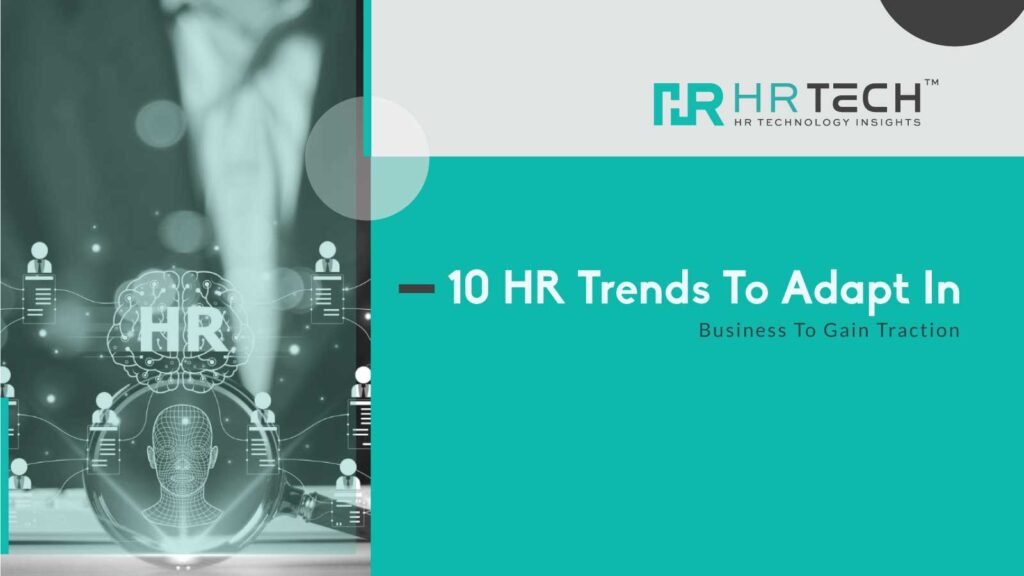The HR industry is continuously setting new HR trends for business due to the ever-evolving societal norms, technology, and the overall work landscape. As we head towards the future, the modern workplace, various emerging technologies are reshaping the business world. Assisting organizations in creating a diverse workforce can either foster business growth or hold it back. The HR trends help organizations gain traction for their businesses and prosper growth.
In today’s fast-changing business environment, human resource management remains a key mover in organizational success. Effective HR practices attract the best talent and create a positive work culture. They ensure employees are skilled and equipped with resources to deliver superb performances at work. The changing nature of technology and the demographics of the global workforce challenge HR professionals to keep pace with new trends and their problems.
Visit HR Tech Blog: HRtech & Metaverse: A New Leader
HRTech Insights’ latest article dives into 10 key HR trends that businesses need to know about and embrace to stay competitive. Also, many dimensions impact the venture-employee experience and technology, diversity and inclusion, talent acquisition, and employee development. The more an organization understands and embraces such trends, the better it will engage, improve its productivity, and innovate.
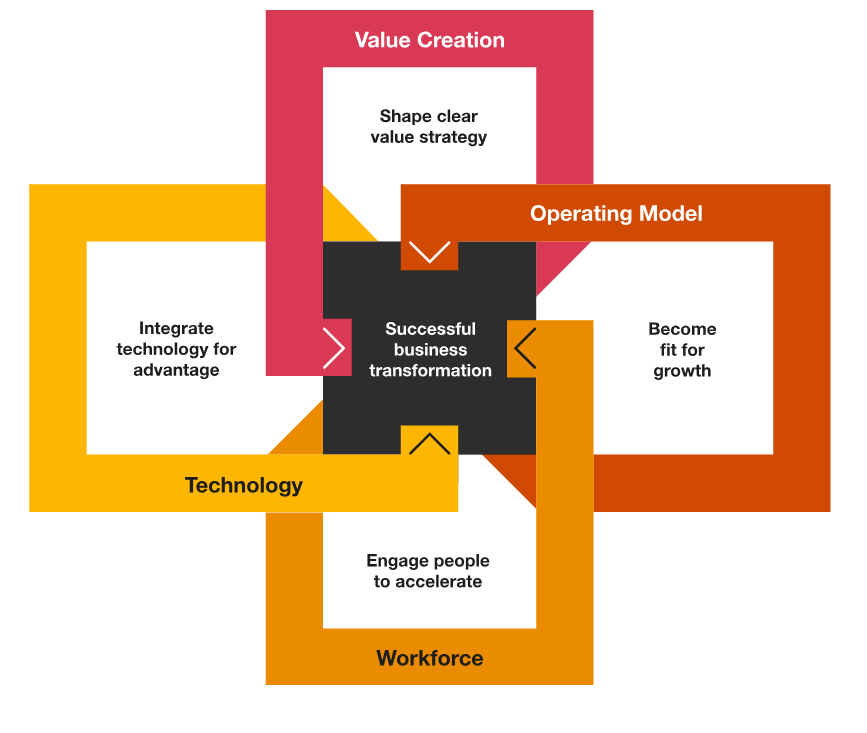
#1. Remote Work Revolution
The remote work revolution has significantly impacted the HR industry. As more businesses embrace remote and hybrid work models, HR departments must adapt strategies to foster a productive and inclusive work environment. Key considerations include investing in technology infrastructure, building a strong company culture, equipping managers with remote leadership skills, developing clear policies and procedures, prioritizing employee well-being, implementing effective performance management systems, and ensuring remote work practices are inclusive of all employees.
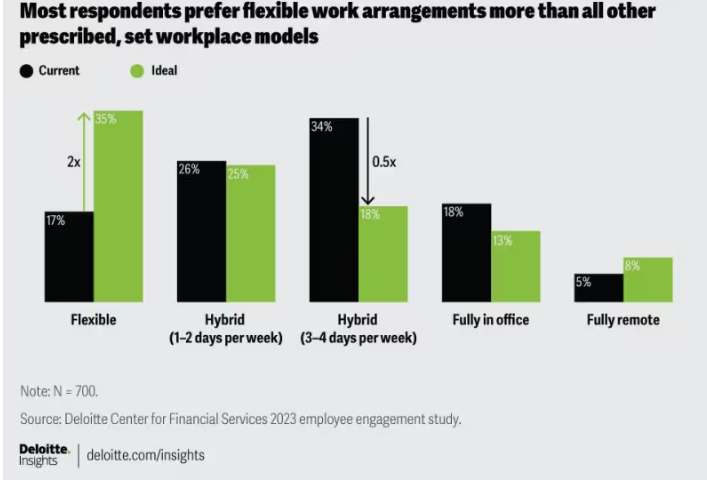
#2. Talent Pools
Moreover, organizations also need to tap into the hidden talent pool. The pandemic outbreak created various challenges but, also opened multiple opportunities for businesses. The shortage of talent led to the creation of talent pools which served as an assistant to the organization in selecting the perfect candidate for any specific job role.
#3. Data-driven Decision Making
HR now leveraged data analytics to make calculative decisions about employee performance, talent acquisition, and the overall effectiveness of the organization. The data-driven insights help HR professionals gain a better understanding of patterns and optimize HR processes. Data-driven decision making leads to better outcomes, enhanced efficiency, increased adaptability, and better forecasting. Such decisions are made using metrics, facts, and data to guide strategic business decisions that align with your objectives and goals.
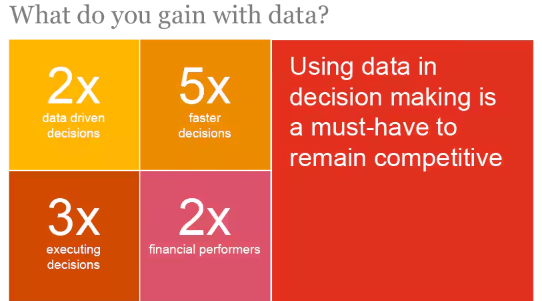
#4. Gamification
The adoption of game design elements and mechanics to gain audience engagement and motivate them to make a call to action is known as gamification. It incorporates elements such as badges, points, and leaderboards into non-game activities. Gamification has a wide range of applications and one of the major adaptions has been in HR management. The everyday use of HR tools may bore you as it does not offer much on the user experience front. However, gamification is the element, that would gain major traction from the audience for your business.
#5. Technology-driven HR Solutions
Life is based on data and data is business. The need to understand data and predict future decisions will make HR departments embrace data analytics in organization administration. Software such as ATS, learning management systems, mobile payroll apps, and human resources data have gained importance due to the adoption of various HR trends.
#6. Employee Experience and Engagement
To gain growth in your business, you need to focus on employee engagement. As employees are continuously recognizing the value of a positive and engaging work environment, an organization has to focus on better employee retention, higher productivity, and enhanced outcomes. Focusing on employees’ needs, gathering feedback, and taking action to solve various concerns improve overall work experience.
Emphasizing creating a positive and thriving work environment, HR continuously prioritizes employee experience. This includes customized onboarding, continuous learning opportunities, and initiatives to offer a strong sense of belonging within the workplace.

Visit HR Tech Blog: Top 10 Technologies To Boost The HRtech Domain
#7. GenAI
Technology has revolutionized HR and business processes by making the entire cycle more efficient and fluid. In this context, the benefits of Generative AI far outweigh its challenges. With the proper use of GenAI, organizations can attract and retain talent, minimize redundancy, and make more informed decisions in matters of recruitment and communication, engagement, and service delivery. When we understand what GenAI can do more profoundly, we are likely to see even bigger applications: this would be a foundational approach for HR and business moving into the future.
#8. Upskilling and Reskilling
Upskilling and reskilling have become the lifeblood of businesses for competitiveness in this sea change of technological landscapes. Organizations should enable employees with the right knowledge and skills to adapt to the changing market demands, improve employee engagement, and trigger innovation through upskilling.
The best strategies for upskilling and reskilling involve needs assessments, personalized learning paths, leveraging technology, continuous learning culture, and measurement of outcomes. Technical training, soft skills development, cross-functional training, and mentorship are some of the examples that fall under the umbrella of employee development initiatives. Through such employee development initiatives, businesses can develop a more agile and adaptive workforce that can lead to success in the long run.
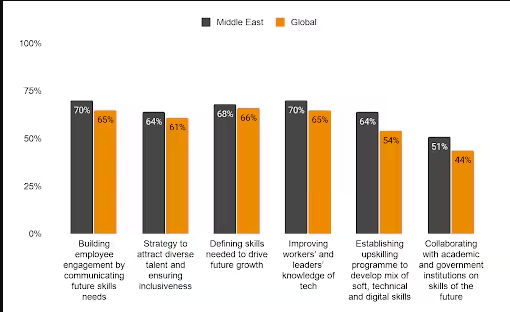
#9. Blockchain
Blockchain technology offers significant advantages for HR tech by creating a secure and tamper-proof record of employee data. Its encryption capabilities protect sensitive information from unauthorized access, while smart contracts automate payroll processes, reducing errors and preventing fraud. Decentralization further enhances security by making it difficult for malicious actors to manipulate payroll data.
#10. Automation in HR Processes
HR functions are undergoing various changes through automation, which is streamlining multiple tasks such as interviewing, onboarding, payroll processing, performance management, and leave management. These many functions are challenging to operate by HR alone. Thus, technology is integrated into HR functions to pace up the process and offer a smooth experience to the candidate.
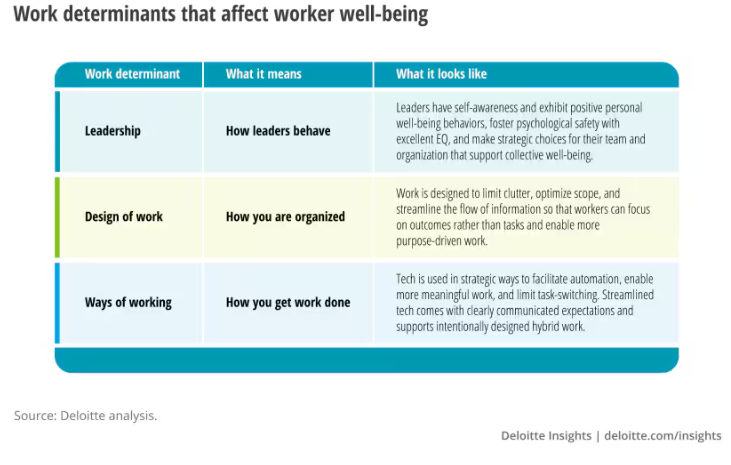
Visit HR Tech Blog: Top 10 Tips On How AI Will Build A New Era Of Employee Experience Platforms
There are more HR trends to be adopted by businesses to gain traction in terms of growth. Such as:
#11. Redefined DEIB (Diversity, Equity, Inclusion, and Belonging)
#12. Corporate Sustainability
#13. Pay Transparency
#14. Adoption of AI
#15. Focusing on Increased Productivity
HR Trends Today:
In that aspect, recruiters and employers are targeting individuals who may not be credited or hold degrees but have the right skills and talent to perform in that job. The main problems with leveraging such untapped talent pools were that employees with specific skills and talents who were ready to contribute were either undervalued or denied equal opportunities because of gaps in protocol or lack of flexibility in HR policies to accommodate such approaches ethically.
In today’s dynamic business environment, HR professionals must be proactive in adapting to emerging trends. The 10 trends discussed in this paper offer valuable strategies for fostering a more engaged, productive, and innovative workforce. By prioritizing employee well-being, embracing technology, promoting diversity and inclusion, investing in employee development, and building a strong employer brand, businesses can create a thriving workplace and achieve long-term success.
To share your HR technology insights and announcements, please write to us at news@intentamplify.com


